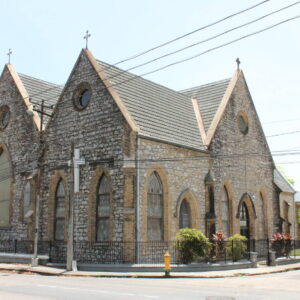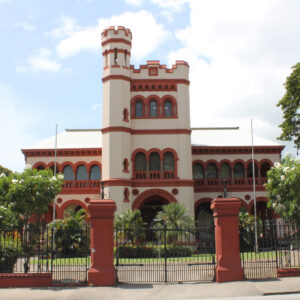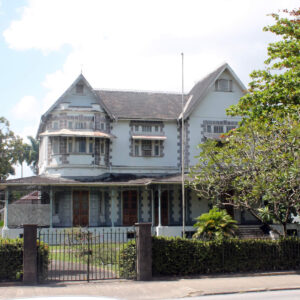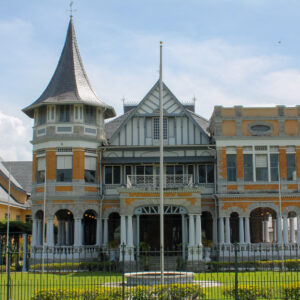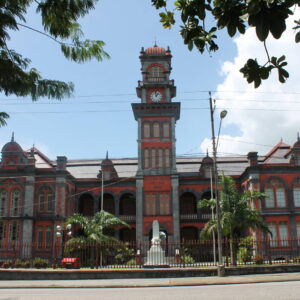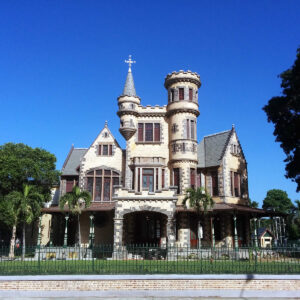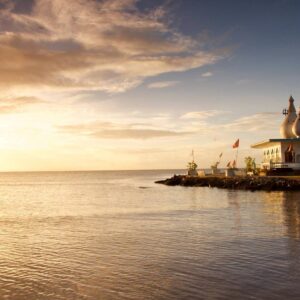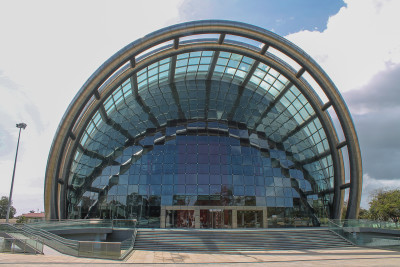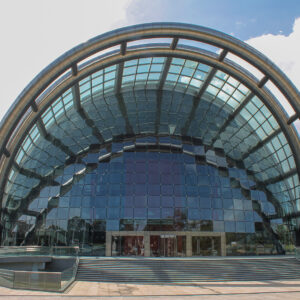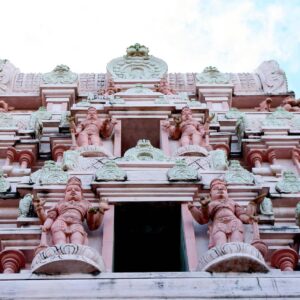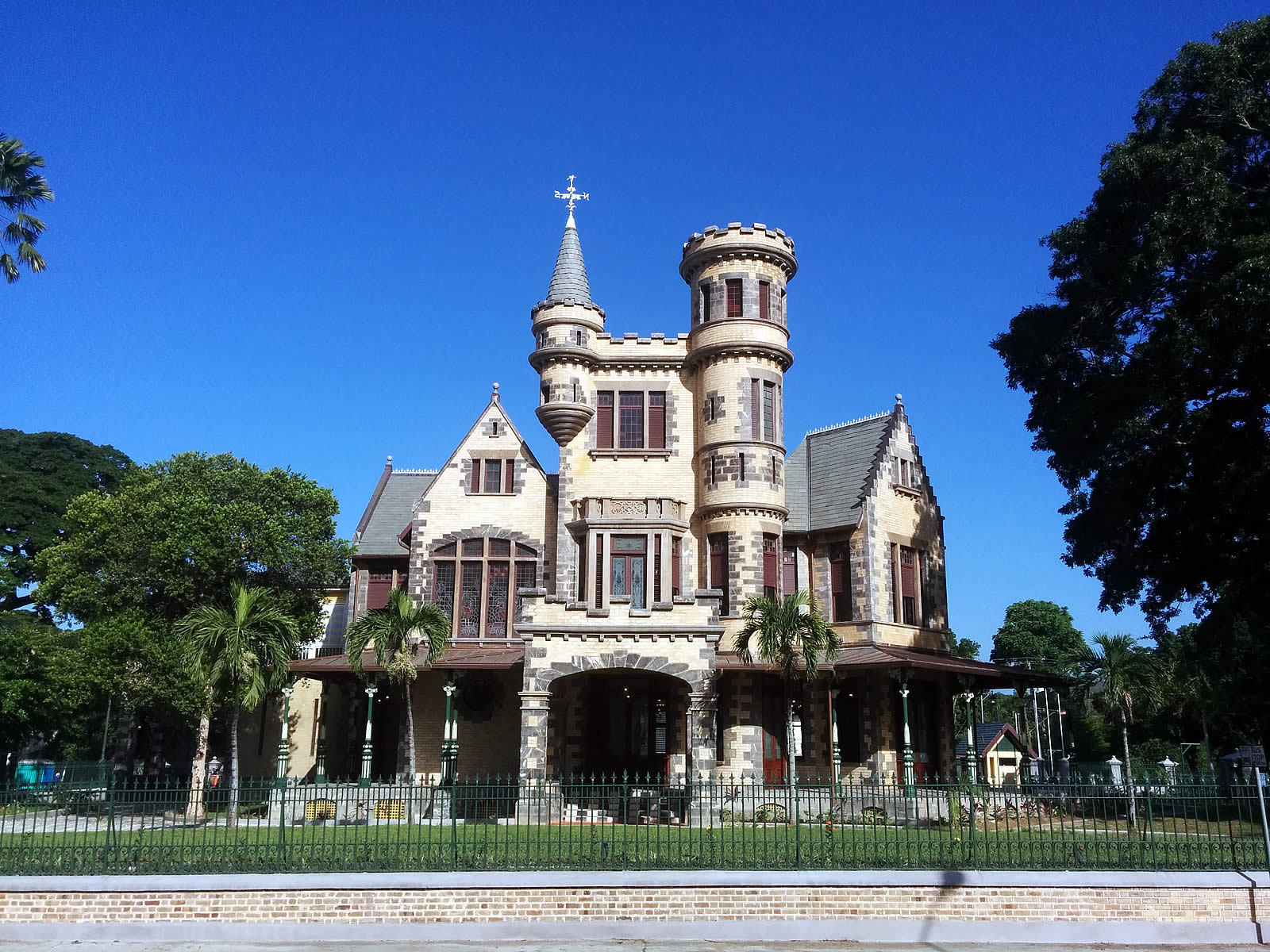
Buildings & Architecture
Most of the historical buildings (excluding forts) found in Trinidad and Tobago are located in Port of Spain, Trinidad. These buildings exhibit a range of architectural influences which stem from the country’s long colonial history. First settled by the Spanish in the 1700s, some urban domestic Spanish Architecture still remains.
However, after Trinidad became a British Colony in 1797, Governor Sir Ralph Woodford implemented an urban development plan for Port of Spain based on a well laid out grid system and buildings took on a British influence. Woodford also sponsored the construction of the Roman Catholic Cathedral of the Immaculate Conception, on what is now the Brian Lara Promenade, and the Anglican Holy Trinity Cathedral on Woodford Square. A Restoration of the Cathedral was completed in 2015 and it now stands as an impressive must-see architectural structure of the city.
Trinidad and Tobago’s nineteenth and twentieth century architectural heritage ranges from religious structures – churches, mosques and mandirs to military and public buildings to residential buildings of various influences.
Around the Queen’s Park Savannah you will be amazed at the architecture. Hundreds-of-years-old Victorian-styled mansions known as the Magnificent Seven will leave you appreciative. Other architecturally beautiful buildings to observe include Academy for the Performing Arts and Knowsley, both on the southern side of the Savannah.
Now modern structures of glass and steel dot the skyline of Port of Spain and stand in contrast to the remnants of its colonial past.
Featured Tours
Featured Destinations
buildings and architecture (9)
